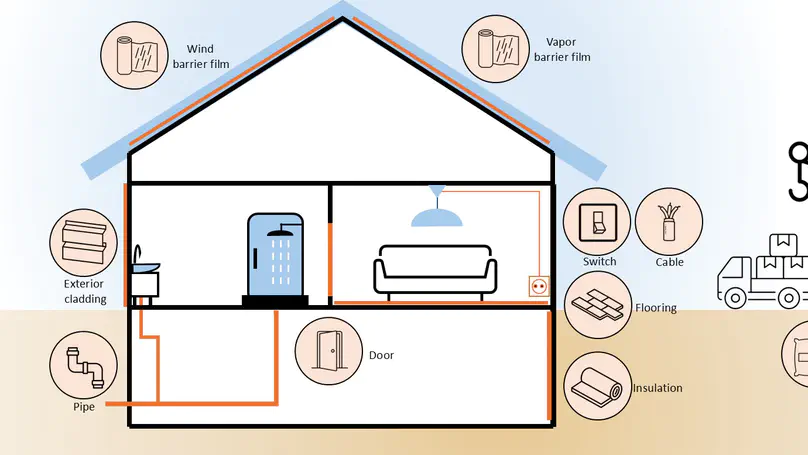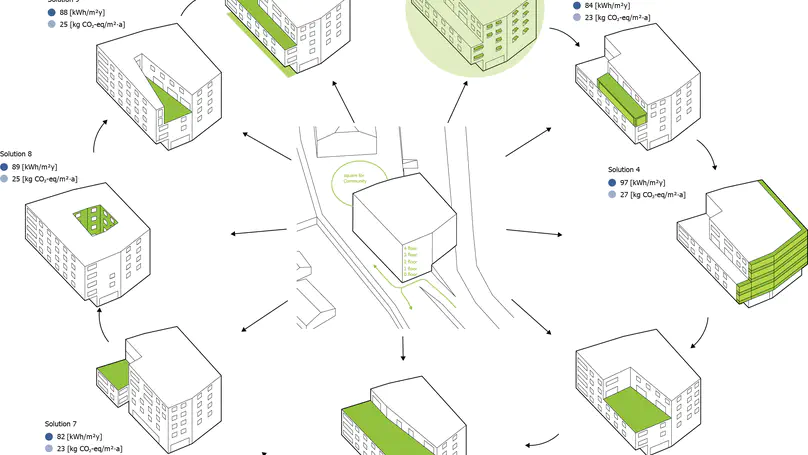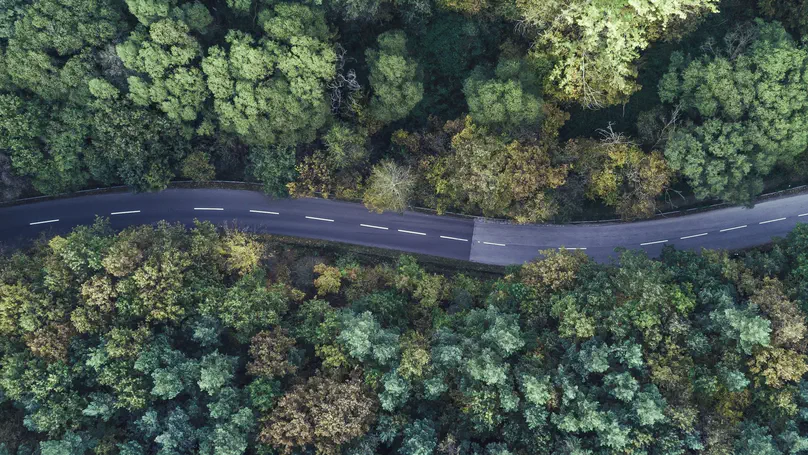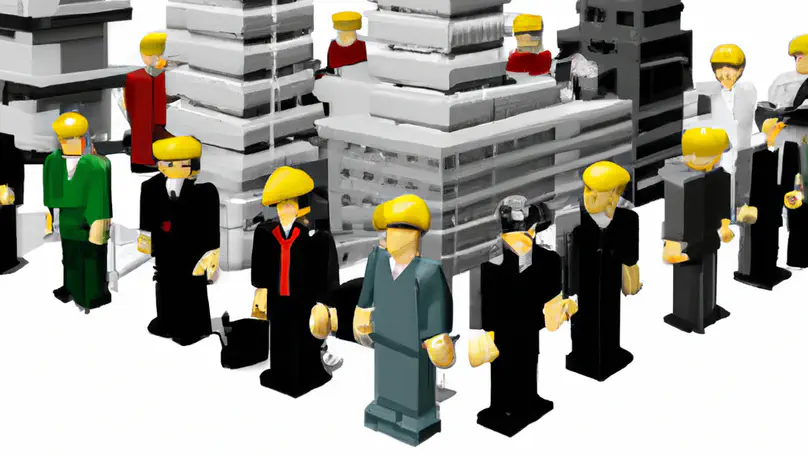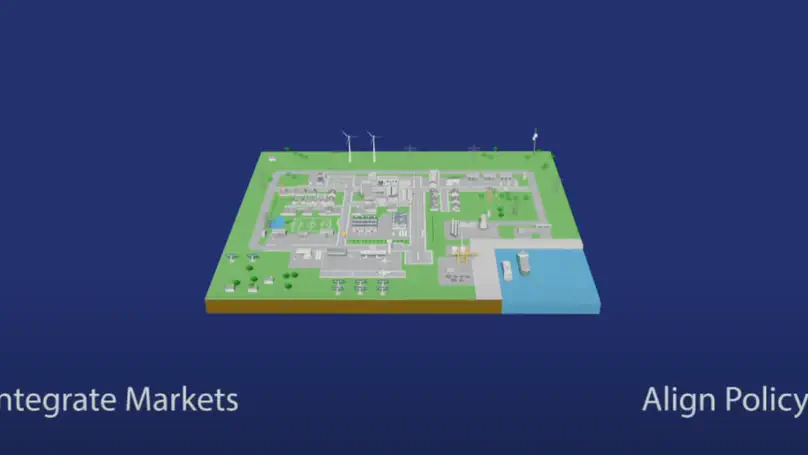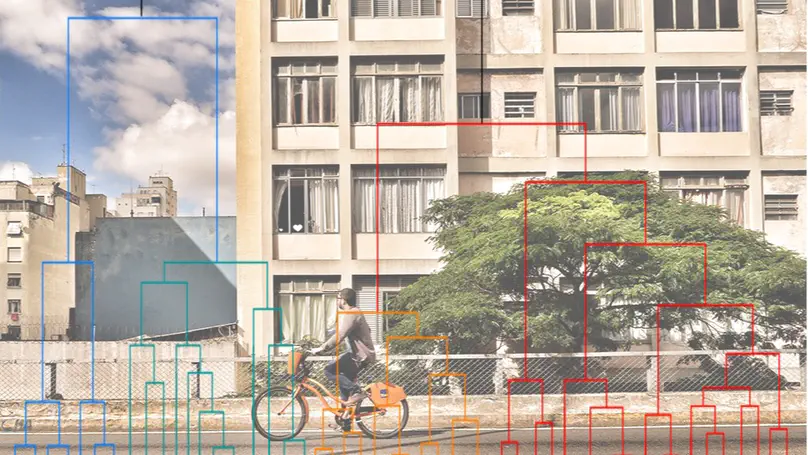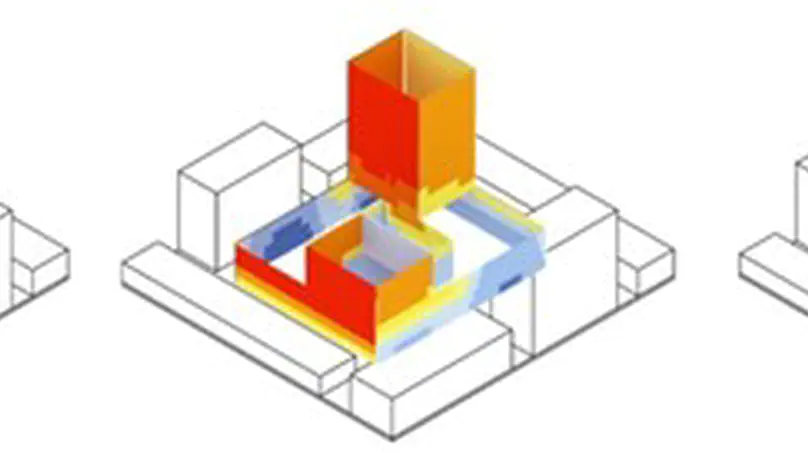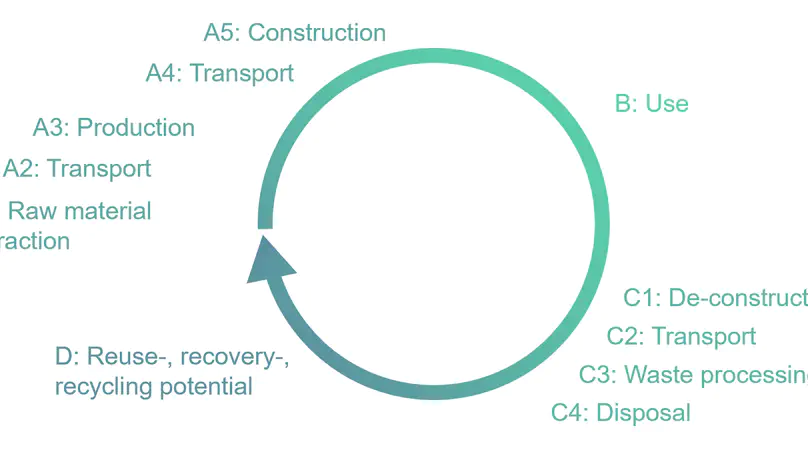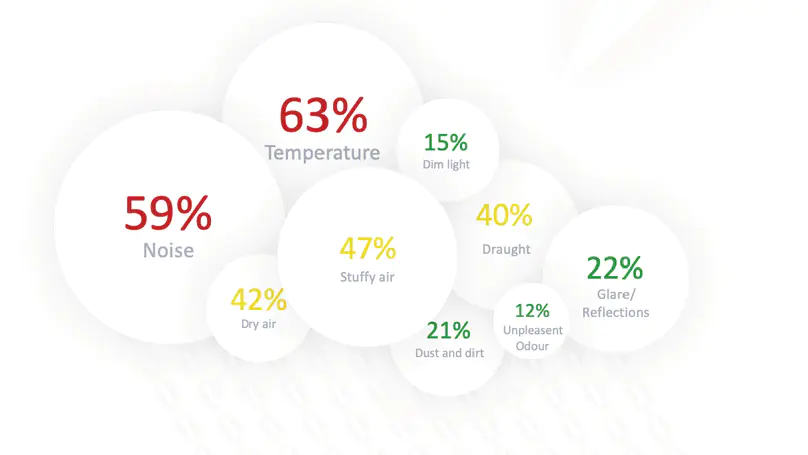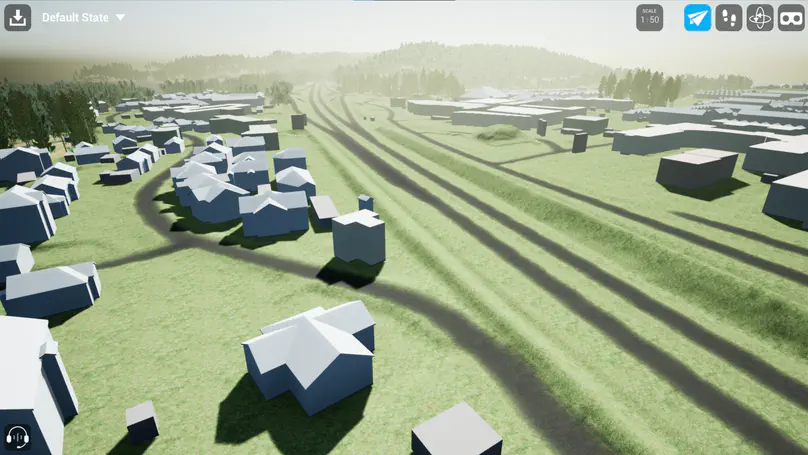Sustainable building Research Group
The research group Sustainable building works with concepts, tools and strategies to enhance the sustainability performance of construction materials, building products, buildings as well as entire cities. The research is related to ecological and economic life cycle assessment of construction materials, buildings and infrastructures, sustainability assessment tools for buildings, social-cultural and climate adapted design concepts as well as energy and material resource based building stock modeling and its visualization.
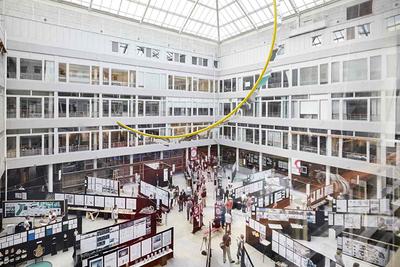
Latest News
Projects
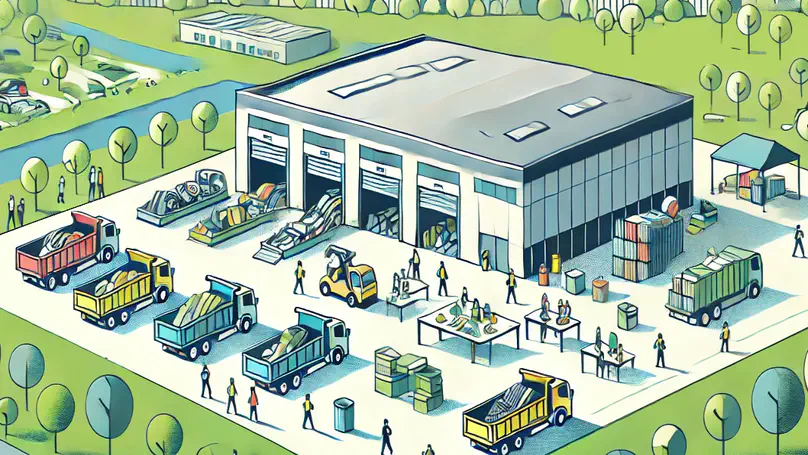
The development of buildings is an immensely carbon- and resource-intensive process and circular economy strategies are key to decrease the environmental impacts of the construction industry. In developed economies, extensive volumes of construction materials are stocked in existing buildings and ought to be reclaimed.

EqualHouse aims to identify, analyse and tackle the most significant dimensions of housing inequality across Europe. Designed with both transdisciplinary and interdisciplinary elements, EqualHouse will provide housing policymakers and other key stakeholders with robust, evidence-based guidance on how to address these inequalities in a sustainable, inclusive and affordable way. The project has received funding from the European Union’s Horizon 2023 research and innovation programme under grant agreement No 101132325. We are working within a consortium of 12 partners from around Europe.
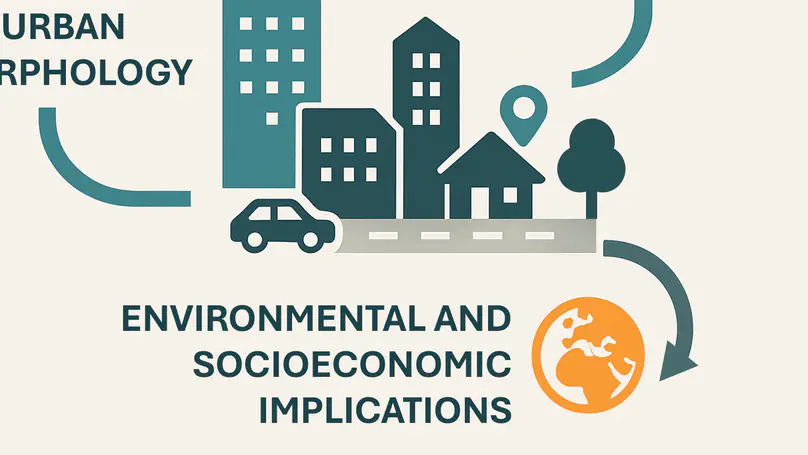
This project uses a systems perspective to include, understand, and analyze interrelations between built environment material stocks, morphological types (e.g., buildings, roads), their spatial characteristics, the function they provide (e.g., shelter, transport), and socioeconomic and environmental implications of different urban forms. At the core of this project is the integration of two disciplines with a strong systems perspective tradition: built environment stock modeling and urban morphology
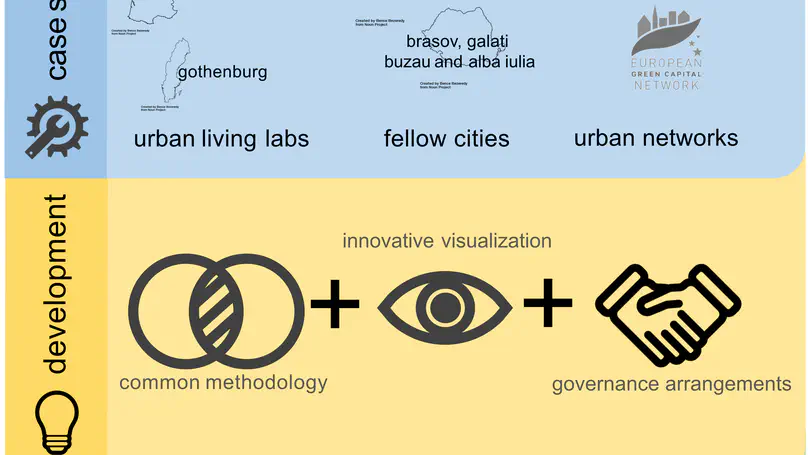
Table of Contents Project Overview Main Outcomes Work Package Structure Timeline Funding program Urban LivingLabs About LivingLabs Key components: Steps of LivingLabs Case Studies Webinar on the CREATE Project DTCC Milestone Project Lunch Seminars Project results/ Deliverables Overarching Goals Avaliable deliverables -- Project Overview The CREATE project aimed at supporting urban transformation processes towards the circular economy by developing a tool (CREATE tool) that makes an inventory of the existing material stocks in the built environment and explores scenarios for future expected material flows from renovation and demolition activities.

The DecarbonAIte project aims to extract data on building characteristics from public databases. Use this information to elaborate and reinforce urban digital twin models. Finally, through this platform, to propose optimal renovation measures. The system to be implemented targets various stakeholders, from building owners to policy makers.
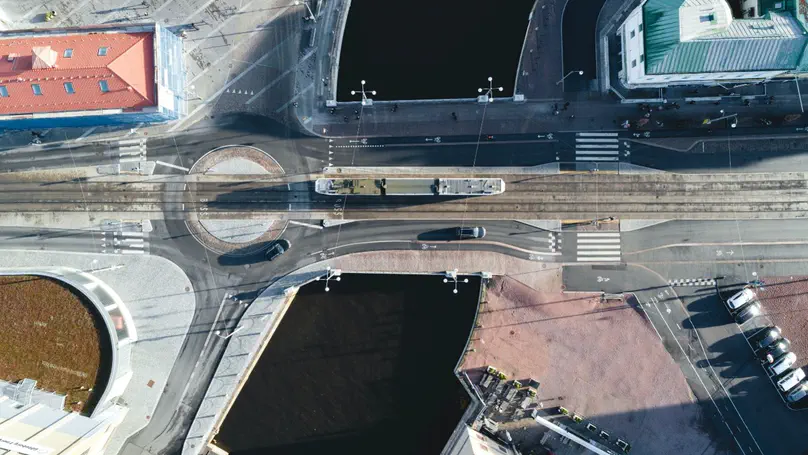
To plan, build or renovate cities, engineers and decision makers need tools and workflows that are compartmentalized and work ad-hoc without correlating different parameters. To tackle these problems and enable environmental assessment and policy analysis, this project aims to create an urban modeling planning tool for the energy demand of buildings and the invisible environmental factors of noise and wind. The project will . * provide a basis for scenario analysis of any urban area in Sweden. * use AI/ML to enrich existing models . * make the toolsets readily available, and. * enable improved visualization and communication or results.
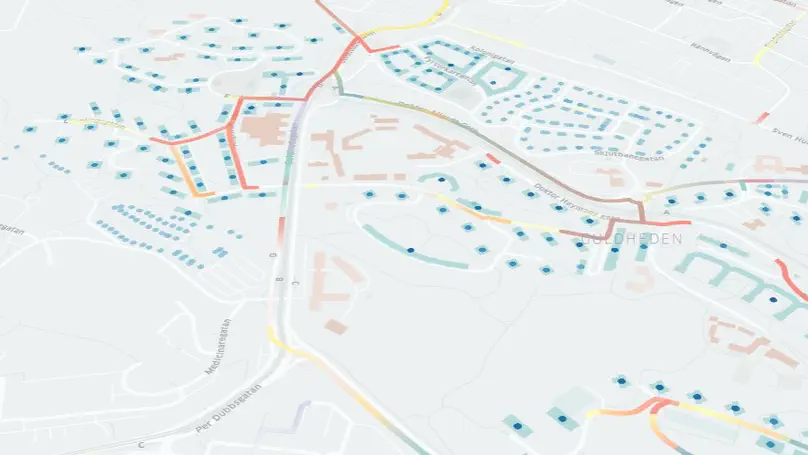
Digital tools for performance-assessment are commonly used to shorten the feedback loop in testing designs for buildings and neighbourhoods. However, these tools do not extend to the social dimension in the same way as the economic and environmental dimensions. The aim of this project is to develop a theoretical understanding of social sustainability at the neighbourhood planning level and propose a model for the development of digital tools.
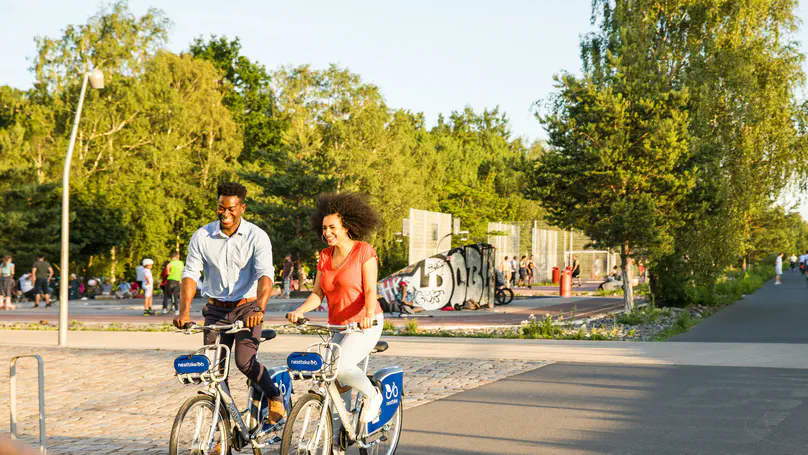
SEsam : Sharing Economy sustainability assessment method to support the implementation of sharing economy initiatives at neighbourhood level. The aim of this project is to develop and apply a systemic method that quantifies the sustainability benefits of implementing different sharing economy initiatives in neighborhoods in cities.
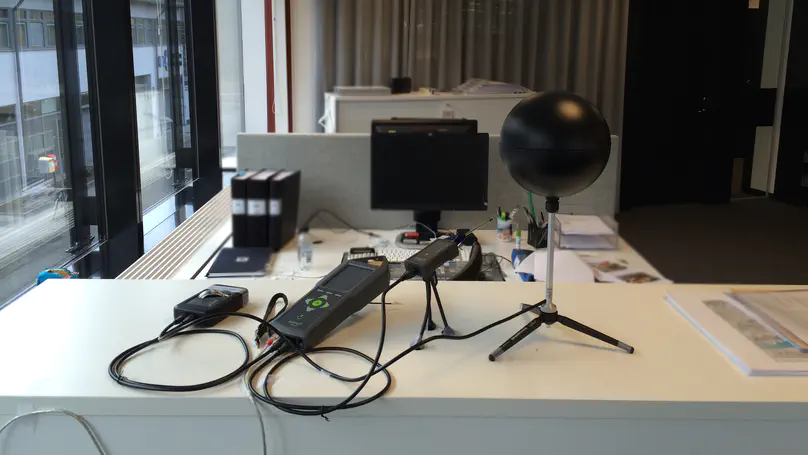
The project aims to develop advanced indoor environmental quality IEQ in sustainable office buildings promoting occupant comfort, health, and productivity by identifying key factors and revealing causal relations from evidence-based studies. A national dataset will be aggregated from the office buildings in Sweden by physical measurement and subjective survey.
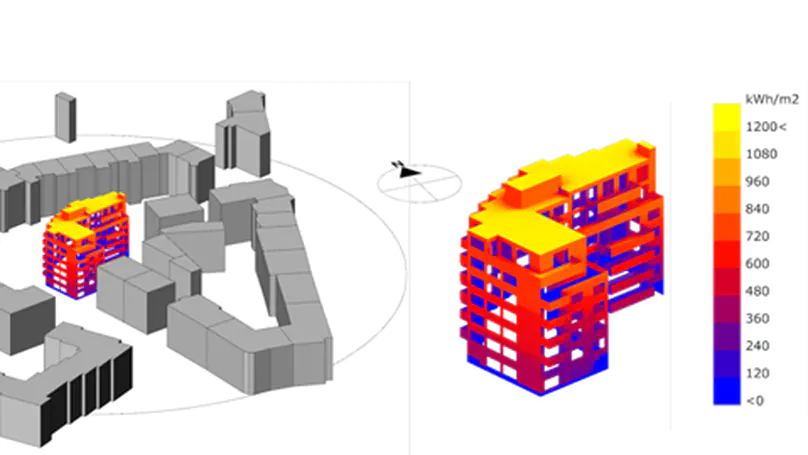
Building Integrated Photovoltaics (BIPV) offers renewable energy to be generated on-site and prevents additional sealing of natural ground, potentially replacing traditional building elements. The objective of the Powering the City module is to develop a holistic, multi-scale and interdisciplinary approach for assessing large scale deployment of BIPV in urban contexts under different climatic, socio-economic and architectural / urban conditions. The team will use Zurich and Singapore as exemplary and complementary case studies.

This project aims at the full utilization of the benefits offered by stainless steel to have sustainable and “maintenance-free” road bridges which have competitive investment costs to that of their traditional carbon steel counterparts. It is believed that by the use of bridge girders with corrugated webs and stainless steel reinforcement and optimization of the material usage and production costs, a considerable reduction in the investment costs of a stainless-steel solution is attainable.





